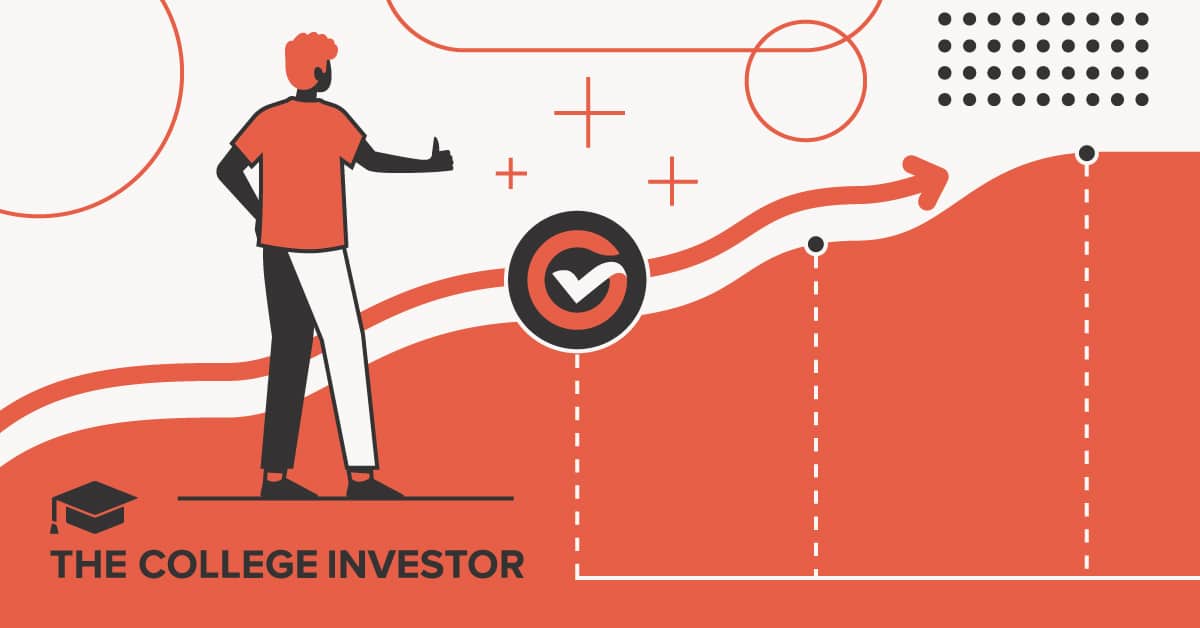Car dealerships and military installations can resemble peanut butter and jelly.
As a military financial advisor, I counted the dealers on the way to the base gate. I remember seeing countless ads in local papers showing the latest cars with the lowest monthly payments. The deals often sound too good to be true – and they probably are.
The first question every military member should ask themselves when buying a car is, “How much car can I afford?”
The answer to this question depends on several things, such as your credit score, what interest rates you qualify for, and how much you’ve saved for a down payment.
Buying a car after basic training
If you are a service worker fresh out of basic training, you may be surprised to learn that you are not making as much money as you thought.
Perks such as basic housing, allowances and dining facilities or use of the galley allow you to live comfortably while on duty. But to be as comfortable as leaving the military, you need to be smart with your money now.
Buying a car after basic training may not be the best idea. You’re not quite used to life in the military yet, and you haven’t had a chance to budget with your new salary.
If you’re on active duty or move frequently, you may not even need a car right away. Many new military personnel can get away with walking to most places on their installation or using the bus.
If you go off-post, you can carpool, use a taxi, or use Uber or Lyft.
If you decide to go ahead with a car, it should fit within your military salary.
Can the military help me buy a car?
Well yes and no.
Although employment offers you many advantages, a ‘company car’ is not one of them. But being in the military gives you a steady income and some credibility with lenders, which could help you buy a vehicle.
Your rank, credit score, and steady salary all influence a lender’s decision. So your position in the military helps you buy a car to some extent.
According to The Defense Finance and Accounting Services, an E-1 will have a starting salary of $1,695 per month in 2022.
Based on these numbers alone, an E-1 with good credit (700 or higher) could easily afford some sort of car payment, but how much?
How much should I spend on a car in the military?
The E-1 discussed above with a credit score of 700 should find a car for about $5412 or less. In this range, your monthly payment should be about $169.50 with no down payment or trade-in, based on the national average interest rates.
A payment of $169.50 or less is approximately 10% percent of your monthly income.
According to The Military Wallet columnist and certified financial planner, Daniel Kopp, unless you have low or no housing costs, your car payment shouldn’t exceed 10% of your home income.
“The higher the housing cost, the lower the 10% of your car payment should be,” he said.
By buying a cheaper car, you have money left over to save, invest or buy a better car later. You will also be able to enjoy your vehicle without having to worry about the payments every month.
Keep in mind that you can afford more and still stay within that percentage as your rank, time of service and credit score go up.
How to budget a car?
When budgeting a car, first look at your income. Then set aside 10% of your income for at least three months and see if you are happy with the money you have left.
Remember to budget for maintenance and auto insurance, which can be expensive depending on your age.
One way to do this is to complete a spending plan or budget worksheet, such as this one from the Department of Defense’s Office for Financial Readiness.
Enter all expenses, including rent or mortgage, cell phone bills, child support, and other obligations. Leave the car payment blank if you don’t already have one.
Once you’ve added it all up, see how much money is left to see what kind of car payment you could easily afford.
You can also budget your vehicle’s down payment by saving your income taxes. You might even get enough back to buy a cheaper car with no monthly payment.
If you can pay cash, you should — especially for a used car, Kopp said.
“If you have good credit, buying new cars can often get you a 0% loan or a very low interest rate, which may make sense to more people because used car prices have been so high since Covid-19,” he said.
“However, we are currently in a rare used car market, with many used cars increasing in value.”
Loan vs Lease
If you need to take out a loan for a vehicle, you can choose how long you pay for the car and from whom you borrow the money.
At the end of the loan you walk away as the owner of the vehicle.
Unfortunately, in my experience advising soldiers on their finances, I’ve seen many focus only on a vehicle’s price tag and loan time.
When the price of the car or the loan terms were not favorable, they would decide to lease a car as a better option.
Leasing a car may sound good to many service employees. You get to drive a new car every few years, and it can be a more luxurious car than you can really afford.
The biggest problem with leasing is the mileage restrictions. Many service reps may find themselves owed money when returning a lease because they have exceeded the 12,000 to 15,000 miles per year limit. Excessive wear and tear can also cost you. Failure to budget for a potential $5,000 to $10,000 reimbursement when you return a vehicle can be a significant financial burden.
Often, service agents will re-lease the vehicle instead of paying the fee because they don’t have it available. With these considerations in mind, consider buying a car – even if it requires a loan to do so – rather than leasing a car, unless you don’t plan on driving it a lot.
Car loans for service members
The good news about loans is that some banks tailor them specifically for military members.
Military banks such as USAA, Navy Federal Credit Union and PenFed Credit Union offer military car loans.
Beware of car dealers’ internal financing options, which may come with longer payment terms or higher interest rates.
Remember that some lenders may prey on young servicemen. Look at your interest and insurance before taking out a loan so you don’t accidentally buy a vehicle you really can’t afford.
Here’s a cautionary example:
Your car salesman will sit you down to work out a better deal for your loan. The seller says you’re only going to pay $300 a month instead of $500. What you don’t know is that to get that rate, your loan payment term is 84 months long at an interest rate of 15% or higher.
By the time you reach the end of your car loan, the vehicle may already be broken or you may want something new.
Due to the longer payment terms, you are upside down on the vehicle and you transfer your old loan into the new loan, resulting in an even higher payment.
Get military discounts on cars
Even if you shop at a “no-haggle” dealer where prices are advertised as final, don’t be afraid to ask for a military discount.
You must provide military ID to be approved for such discounts. And, like everyone else, you must also verify your monthly salary and other information for loan approval.
Special car discounts offered for military members
Many automakers show their appreciation for the military by offering discounts. According to TrueCar.com, the discounts range between $500 and $2,000, depending on the manufacturer.
Acura, BMW, Ford, General Motors, Harley Davidson, Honda, Hyundai, Mitsubishi, Nissan, Subaru, and Toyota offer military-rated discounts.
In some cases, the discount also applies to your immediate family members.
To redeem these discounts, you must confirm your military status.
Don’t forget to ask about military discounts available when you shop for auto insurance and other products as well.
This post How much car can I afford in the military?
was original published at “https://themilitarywallet.com/car-payments/”





